that's the Berlitz way
Berlitz Go is a explorative and polylingual discussion on how we can transform a half a century old publication into a modern day experience.
Berlitz Go updates the Berlitz Self-Teacher series for modern day learners. The original series of books were published during the 1950’s and have remained untouched to this day. The book is a starting point for anyone seeking a language learning experience close to that of learning their mother-tongue.
the accents & punctuations
Context
a mobile app prototype
spring 2020 — 3 weeks
spring 2020 — 3 weeks
Team
Rebeca Estrada — Human Centered Design
Julia Kim — Development & Engineering
Julia Kim — Development & Engineering
Roles
Wireframing & Prototyping
Illustration & Interface Design
Illustration & Interface Design
PROBLEM SPACE
How might we take a 50 year old publication and modernize its contents for today’s students?
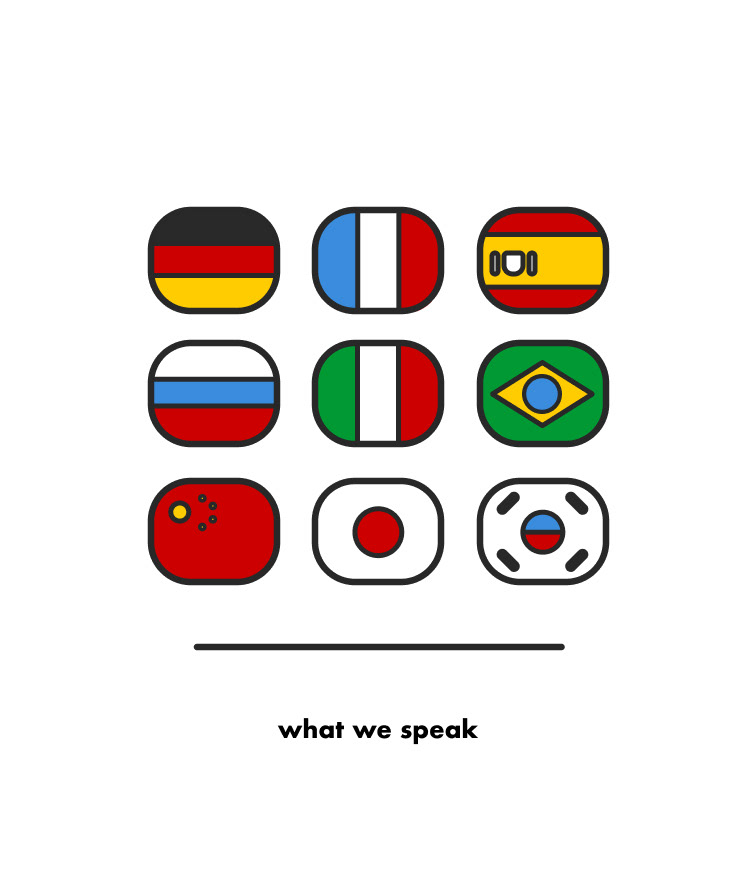
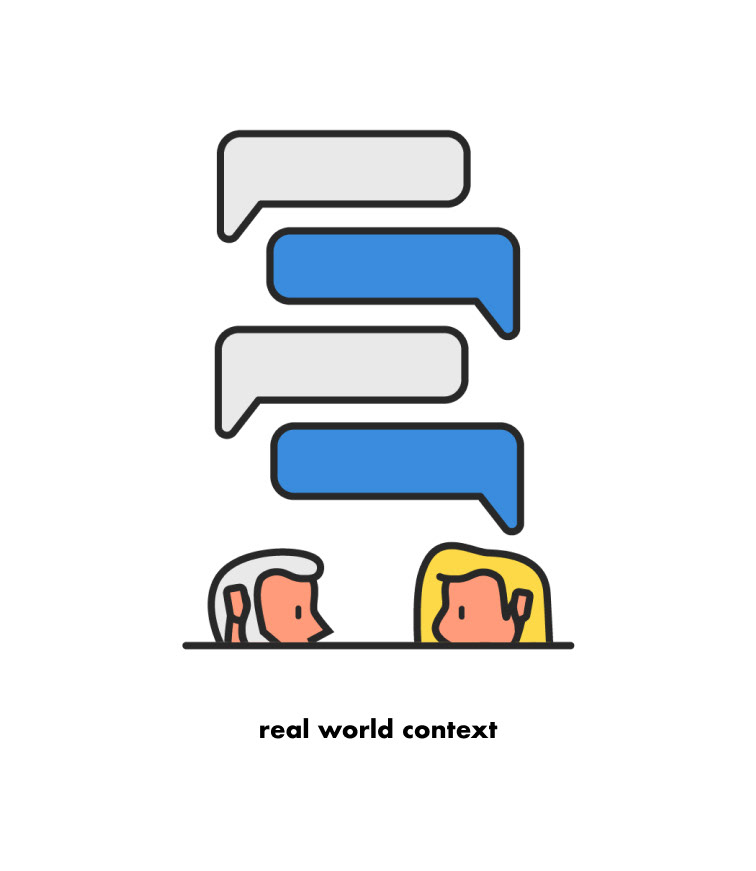

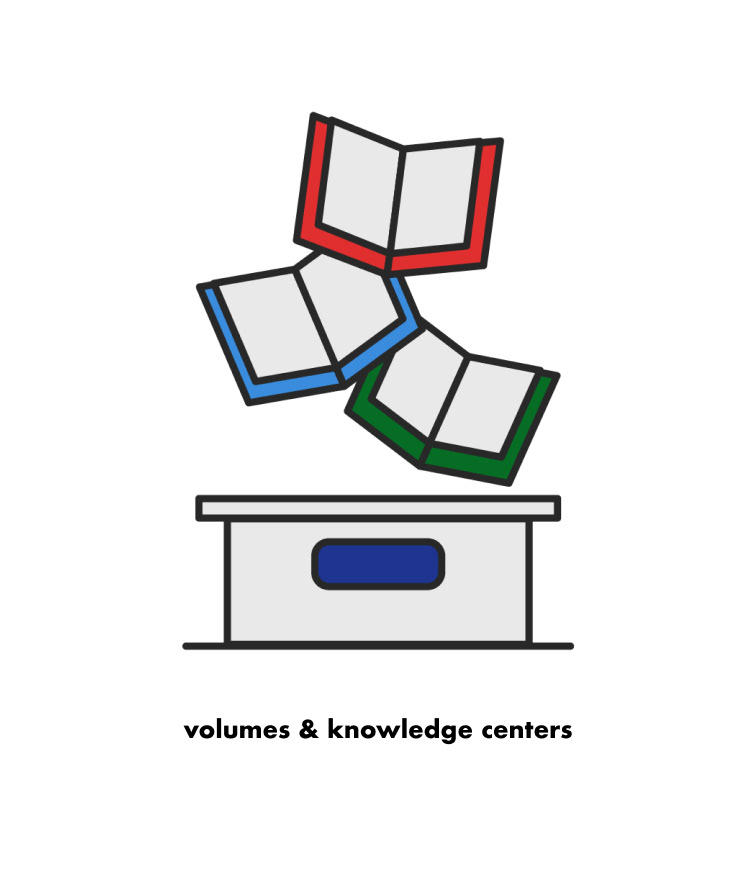
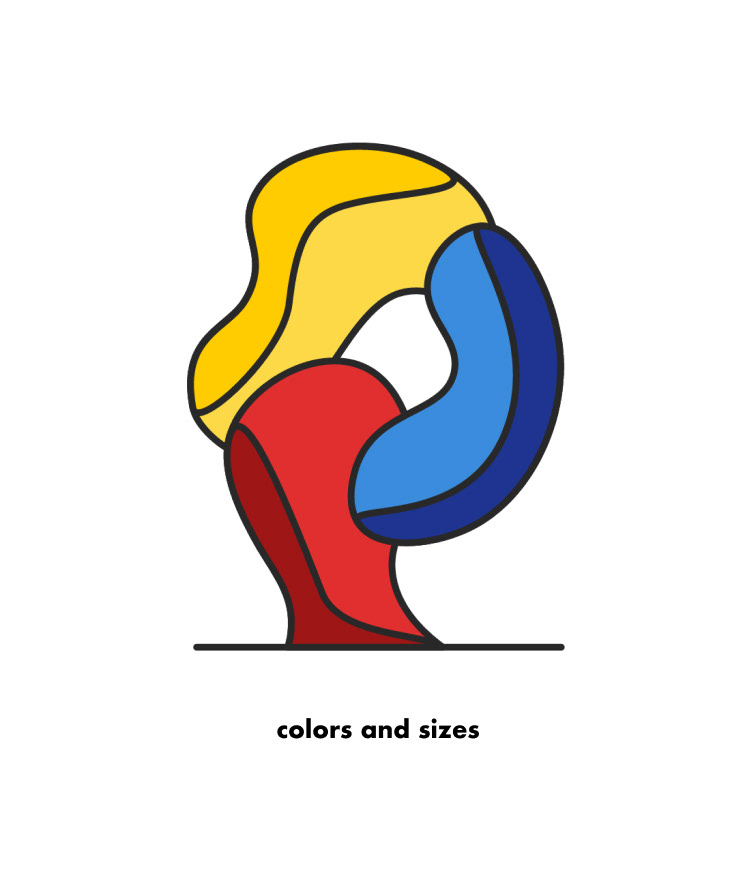
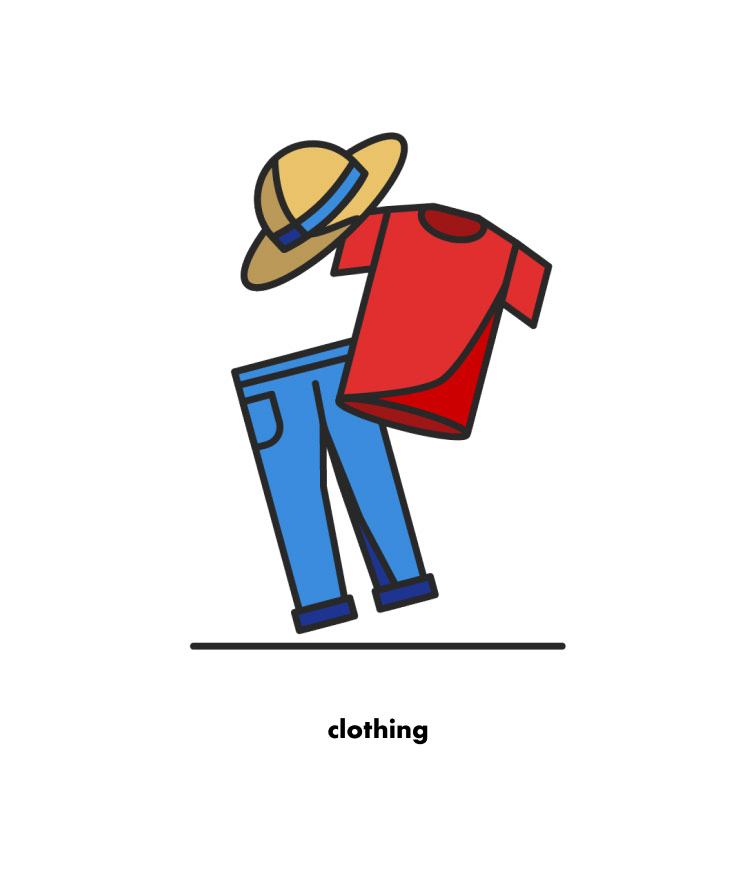

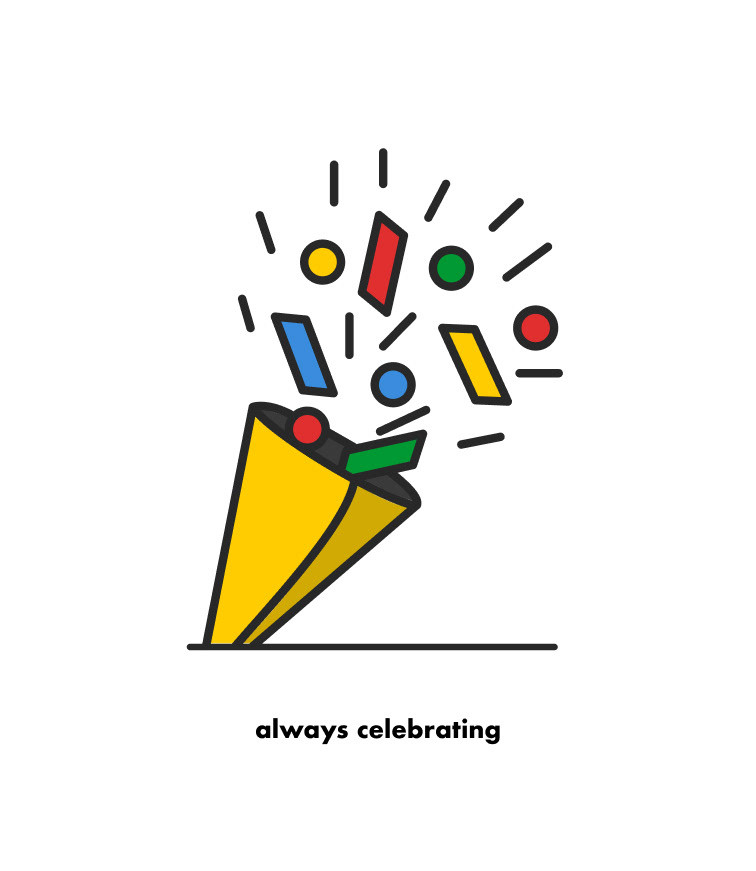
o.g. illustrations
Each illustration is inspired by drawings from the original source text. They were vectorized from their print verison, modernized in proportion, colorized to match the brand, and given a bold outline to create further visual cohesion.
———
keepin' it analogue
As a nod to the original source text the main structure of the app relies heavily on similarly size cards that are scrolled through horizontally, like pages in a book.
———
24/7 support
The key to successful language learning is to have strong set of resources and support. By having the resources tab always available (in main menu, lesson menu, and during lessons) support is literally at your fingertips.
———
double hierarchy
The application requires double the typographical hierarchy due to everything being presented in the target language and in the presumed native language, english. The goal of this is too increase language immersion which in the Berlitz curriculum is the key to fluency.
———
danke schön
Thanks to my team for being relentless in a pandemic that could've put this project on hold, but you are still out there pushing. 감사합니다 Julia for reaching out for anything to practice coding, and informing best practices for giving designs to engineers. Muchas gracias Rebeca for reviewing each iteration and providing feedback on how users would actually interact with the course and application. And of course merci beaucoup to the book to the left for starting a new journey of language learning!